Did you know your favourite super-heroine was all about introducing bondage and submission to 1940s America?
Beautiful as Aphrodite, wise as Athena, strong as Hercules, and swifter than Mercury!
It was this cry that launched the first and greatest comic book heroine: Princess Diana of Themyscira – also known as Wonder Woman.
Many people today herald Wonder Woman as an icon of feminist theory, and in many respects, she is exactly that. Her creator, however, has some other ideas.
Wonder Woman was created by American psychologist and writer William Moulton Marston, who at that point was famous for inventing the systolic blood pressure test, which went on to form the basis of the polygraph test.
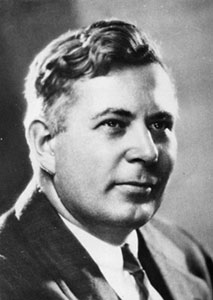
William Marston
In the early 1940s, William gave an interview where he said that he saw “great educational potential” in comic books. This lead to publisher Max Gaines hiring Marston as a consultant for two of the companies that would later merge to form DC Comics.
William had been toying with the idea of superheroes fighting not with fists or guns, but with love. His wife Elizabeth, who was a lawyer, supported it – as long as the hero was a woman – and so William began developing a character he called Suprema, based on Elizabeth and their live-in-lover Olive Byrne.
Yes, that’s right. Wonder Woman’s creator was in a three-way relationship that lasted until his death. That should give you some idea about his somewhat non-traditional way of thinking.
So how did this man feel about women?
“Wonder Woman is psychological propaganda for the new type of woman who should, I believe, rule the world,” Marston wrote. “Women’s strong qualities have become despised because of their weakness. The obvious remedy is to create a feminine character with all the strength of Superman plus all the allure of a good and beautiful woman.”
Not even girls want to be girls so long as our feminine archetype lacks force, strength, and power.
Marston believed that by showing women with the same power and strength as men, they would be more inclined to embrace the softer elements of their natures. With that that in mind he developed Suprema to be “tender, submissive, peaceloving as good women are”, and based her appearance on Olive’s.
Wait, did he say good women are submissive?
Bondage and physical submission
Bondage and submission are ongoing themes in Marston’s Wonder Woman universe. Diana carries rope a lasso that she frequently uses to tie up and arouse subdue villains, and her knee-high boots – racy in a 1940s context – could tell their own stories.lovers
But our dear Diana is not always the dom. Early version of Wonder Woman had her lose her powers when bound, and many storylines have an element of her being restrained or tied up. The BDSM imagery in the early comics is hard to deny.

There is no non-sexy reason for that rope to be around her neck
And these themes weren’t just restricted to Wonder Woman. One of her greatest enemies, Eviless, was a slave driver from Saturn, and she and our heroine take turns tying and untying each other, depending on which episode you’re reading. Although Eviless didn’t have any real superhero abilities, she was able to dominate and control people with her whip, and could put herself into a death-like trance.
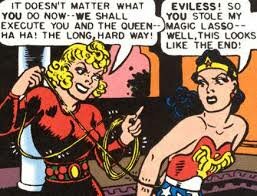
The long, hard way? Thank you, Mistress!
Marston did not shy away from the sexual implications, saying:
“Only when the control of self by others is more pleasant than the unbound assertion of self in human relationships can we hope for a stable, peaceful human society… Giving to others, being controlled by them, submitting to other people cannot possibly be enjoyable without a strong erotic element.”
The only hope for peace is to teach people who are full of pep and unbound force to enjoy being bound.
He goes on to say that “Women are exciting for this one reason – it is the secret of women’s allure – women enjoy submission, being bound. This I bring out in the Paradise Island sequences where the girls beg for chains and enjoy wearing them.”
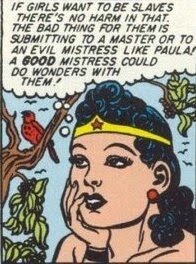
Okey dokey.
The Wonder Women comics continued to be littered with fetishes like bondage and spankings until Marston’s death in 1947, when new authors took her in a more ‘romantic’ direction – almost every comic featured the “threat” of Diana’s marriage to some alien or man.
Sales plummeted and Diana was left to work out her days as a baby sitter and fashion model. Yes, really. Then DC decided to wipe the slate clean and start again with many of its big names, Wonder Woman included.
But that’s a story for another time.

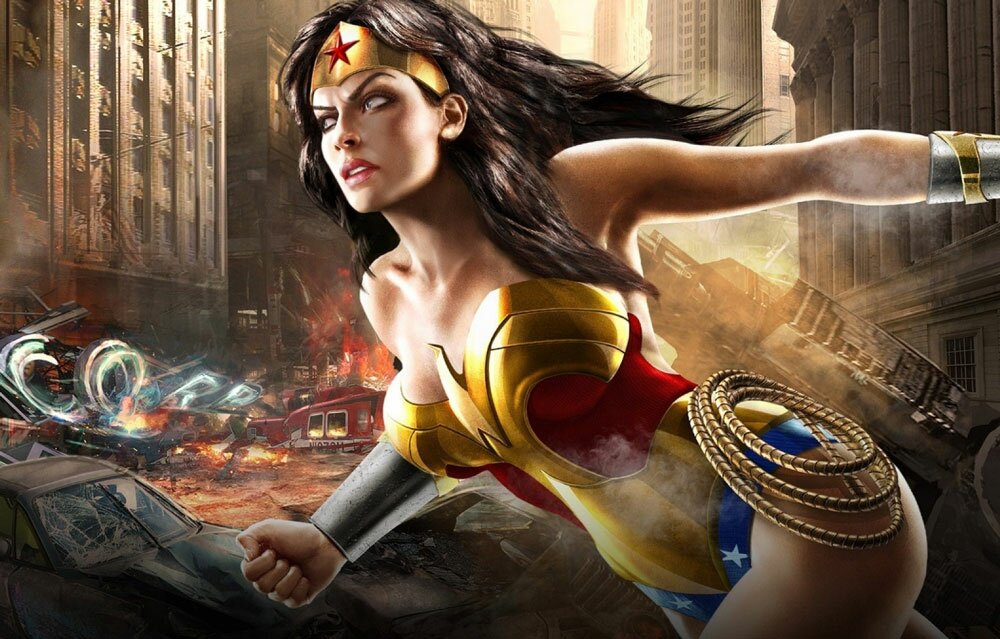

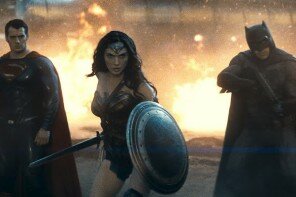
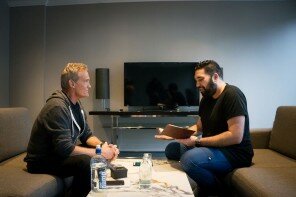
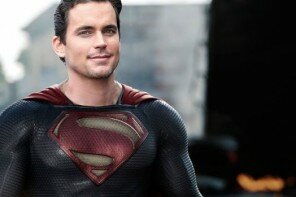
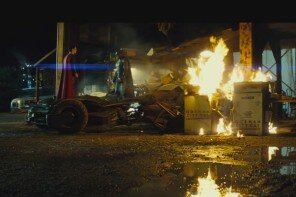
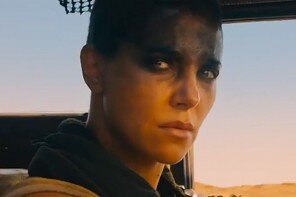
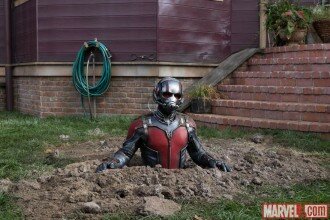
Okay, this is actually bonkers. I would love to see this appear on an episode of “Drunk Histories” sometime. Will Ferrell will play William Marston and it will be all kinds of awkward.
Can’t wait.